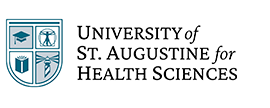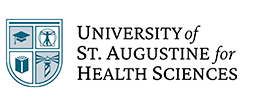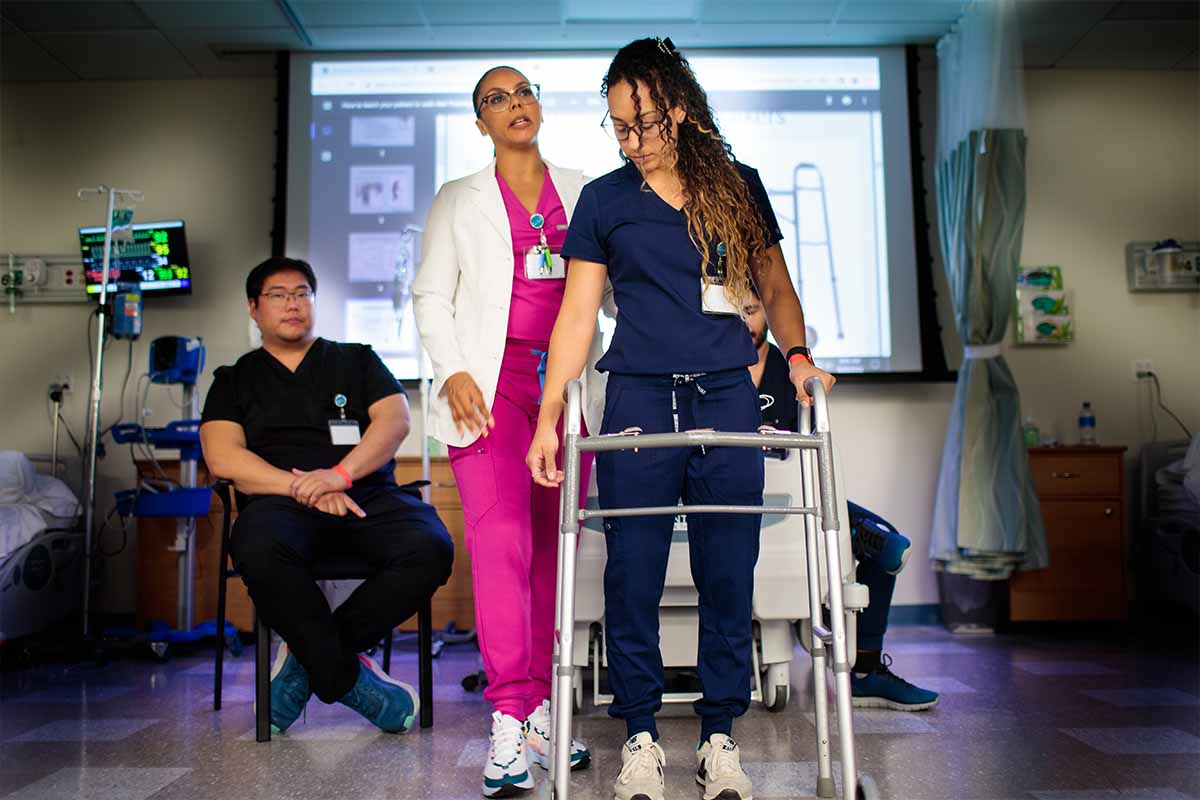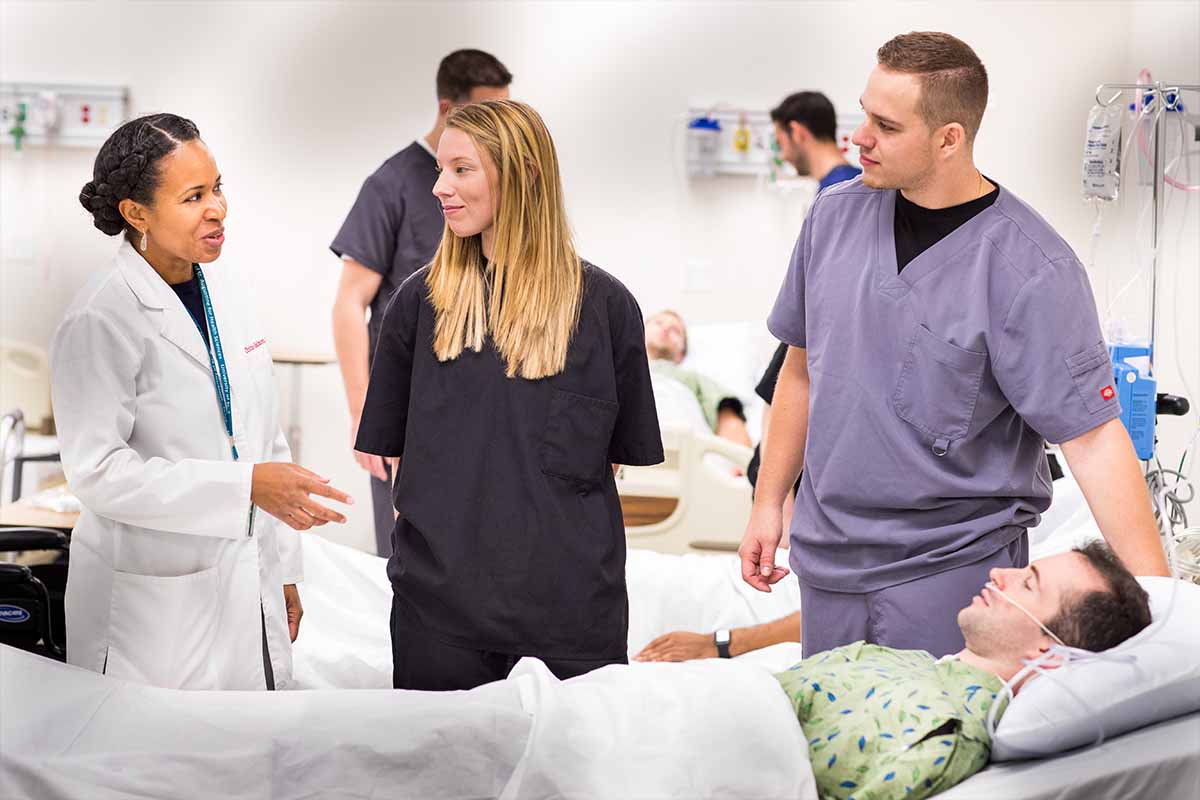
Originally published in South Florida Hospital News and Healthcare Report
It is within a physical therapist’s (PTs) scope of practice to treat the entire body. Yet, for decades, they have shied away from hand and wrist injuries, leaving occupational therapists (OTs) to take on a significant portion of upper extremity treatment. This trend began, I think, partly in response to workforce shortages in physical therapy, creating a gap that persists to this day. OTs now make up the majority of hand-therapy certifications and often fabricate custom orthoses for hands and wrists.
While the upper extremity expertise that OTs provide is invaluable for patients, treatment of the upper extremities, including the fabrication of orthoses, is well within the scope of PT practice as defined by the APTA’s Guide to Physical Therapist Practice. For that reason, it is still important that we provide PT students education on fabricating and recommending upper extremity orthotics.
At the Miami, Florida campus of the University of St. Augustine for Health Sciences (USAHS), we’re restoring a lost specialty by incorporating orthotic fabrication training in our Doctor of Physical Therapy (DPT) curriculum, equipping PT students with a broader skill set, strengthening their self-belief, and increasing their opportunities to contribute to our healthcare system.
Bottlenecks of Care
In Florida, where the number of physical therapists per capita remains low, hindering PTs from treating certain parts of the body can lead to bottlenecks of care, affecting access and quality for patients. This problem has now spread its roots into education — as the convention that hands and wrists belong to OTs solidified in the clinic, it began to show up to a lesser extent in graduate programs as well. For example, fabricating custom orthotics is now part of the normal curriculum for OT, but not in most PT programs. This disparity was already evident when I attended USAHS in the early 2000s, which meant that I had to strike out on my own to fulfill every requirement of the Certified Hand Therapist (CHT) credential I went on to earn.


The Change
After graduating from USAHS and becoming a CHT, I worked alongside a number of hand surgeons in Florida. My time in those clinics made me realize how much PT education would be improved if it included aspects of the training I had received to deliver effective care to patients with upper extremity injuries. I wanted to pass on that knowledge to the next generation, and when I got the chance to return to USAHS, this time as a professor, I eventually broached the subject of including orthotics training in the DPT program.
The orthotics module I created began as a modest workshop where students could experiment with thermoplastics and velcro straps to craft custom wrist and finger orthoses. The glowing feedback from students—who found the work fascinating and empowering—spurred me to integrate the workshop into the DPT curriculum. Over the past five years, every cohort of students at USAHS’ Miami campus has had the opportunity to develop these skills, boosting their confidence in treating upper extremity injuries.
Now, we’ve expanded our orthotics training to include cutting-edge techniques that students may need after they leave USAHS, such as 3-D printing. Hand and wrist clinics nationwide are turning to these technologies to design and fabricate custom orthoses with greater speed and precision, and it’s critical for our students to gain hands-on experience with the technologies they will encounter in the field. Even if something else has replaced 3-D printing by the time they graduate, just exposing them to advanced technologies helps them build the adaptability they will need to navigate future change.
At the same time, the enhanced training we are offering PT students fosters collaboration at a time when interprofessional fluency is at a premium. My students learn how to talk to and work alongside OTs, orthotists, and surgeons, ensuring that their patients receive holistic, integrated care and helping to relieve bottlenecks.
Closing Gaps, Streamlining Care
My work doesn’t stop in the classroom. I continue to treat patients in the clinic, many of whom express gratitude when they can receive care for different body parts without being referred to multiple specialists. This reinforces my conviction that by reintroducing upper extremity treatment to the PT skill set, we can streamline healthcare delivery, reducing the burden on patients and improving outcomes.
Florida’s shortage of physical therapists, not to mention healthcare worker shortages around the country, underscores the need for practitioners with versatile expertise. My hope is that USAHS’s initiative inspires other programs to adopt similar training, and that together we can reignite a lost legacy for physical therapy.










